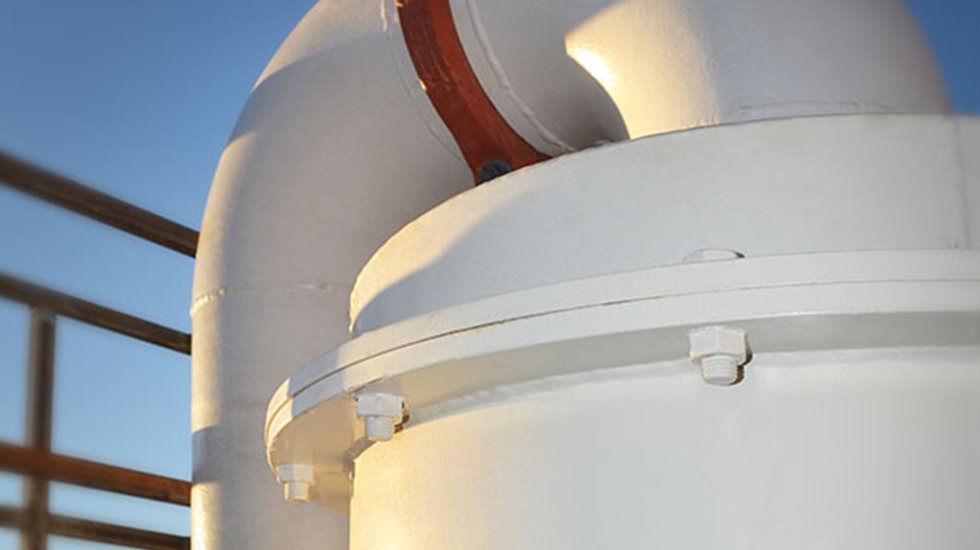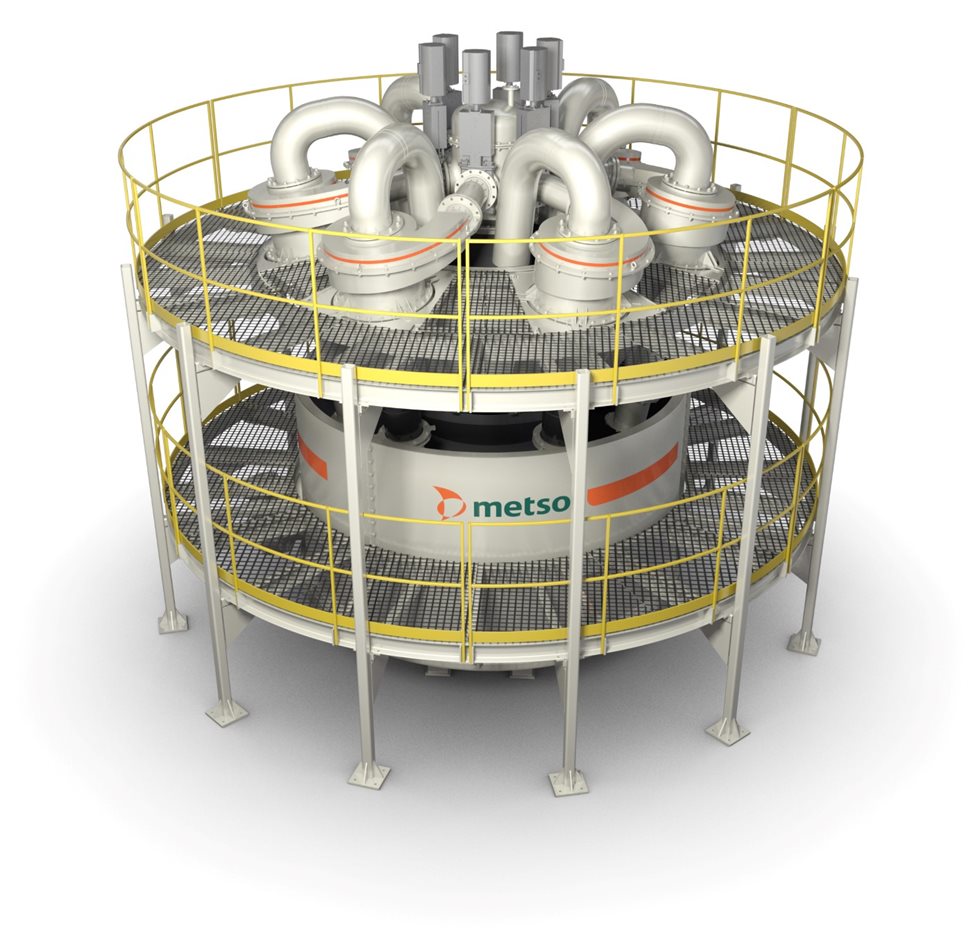In this post, we discuss some of the key principles in evaluating potential classification equipment and how MHC™ Series hydrocyclones help to tackle some of the main challenges in balancing cost and performance of your grinding circuit to ensure maximum mineral recovery.
Focus on total cost of ownership
When selecting an optimal classifier for your circuit, there are several key objectives to target. These include:
- Selecting equipment that improves overall plant performance, through improved grinding circuit performance and improved recovery of valuable minerals
- Selecting equipment that will provide acceptable availability and maintenance costs
- Reducing the capital costs, including the direct capital costs of the classifier as well as indirect cost implications such as the resulting mill selection, building costs and indirect cost factors influenced by the classification equipment
We recently developed a new line of classification equipment. With the new offering, we are now able to select the optimum technology for a given classification application while delivering the highest potential value. An integral part of this new offering is MHC Series hydrocyclone for wet classification.
Hydrocyclone design principles – performance and maintainability
Based on extensive market research and industry feedback, we identified targets for the development of a Metso Outotec hydrocyclone, focusing on both improved process performance and maintainability.



